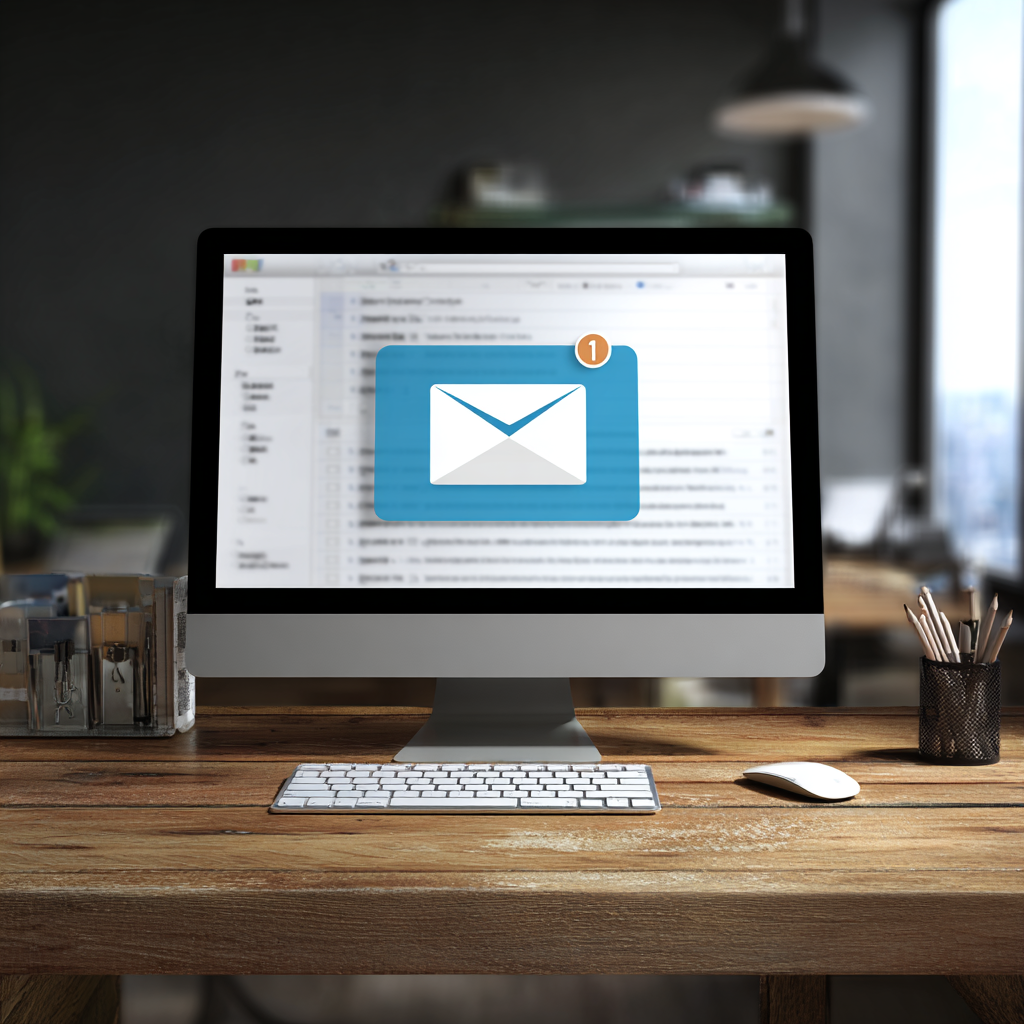How Much Data Do I Need From My Home Connection?
Fri Sep 27 2024
|netservicesFind out how much data you need for your phone or home internet. Explore usage patterns, tips to manage data, and the best plans available.

Data usage refers to the amount of internet data you consume while using your smartphone, tablet, or computer. This includes activities like browsing websites, streaming videos, sending emails, using social media apps, and downloading files. When you’re not connected to Wi-Fi, your device uses cellular data provided by your mobile carrier.
Understanding your data usage is crucial for choosing the right mobile plan and avoiding unexpected charges. Many carriers offer plans with specific data limits, and exceeding these limits can result in slower speeds or additional fees. By knowing how much data you typically use, you can select a plan that fits your needs and budget.
Understanding MB and GB
To grasp data usage, it’s essential to understand the units of measurement: megabytes (MB) and gigabytes (GB). Think of these units like containers for your data. A megabyte is smaller than a gigabyte, just like a cup is smaller than a gallon.
1 GB (gigabyte) = 1,024 MB (megabytes)
To put this into perspective, here are some common activities and their approximate data usage:
- Sending a text-only email: 20 KB (kilobytes) or 0.02 MB
- Browsing a web page: 1-5 MB
- Streaming music for 1 hour: 50-150 MB
- Watching a standard-definition video for 1 hour: 700 MB – 1 GB
- Watching a high-definition video for 1 hour: 2-3 GB
Knowing these measurements helps you estimate how much data you might need based on your online activities.
Average Data Usage Per Month
The amount of data people use has been steadily increasing over the years. According to Ericsson’s Mobility Report, the average smartphone user in North America consumed about 25.9 GB of data per month in 2023.
However, individual usage can vary greatly depending on personal habits and needs. Light users who primarily use their phones for basic tasks like email and occasional web browsing might use less than 2 GB per month. On the other hand, heavy users who stream videos, play online games, and frequently use social media apps could easily use over 50 GB per month.
It’s important to note that these averages are constantly changing as new technologies and apps emerge. For example, the rise of 5G networks and high-quality video streaming services has led to increased data consumption for many users.
Data Usage by Activity
Understanding how much data different activities consume can help you better manage your usage. Here’s a breakdown of common online activities and their approximate data consumption:
1. Web browsing: 60 MB per hour
2. Social media (text and images): 80 MB per hour
3. Streaming music: 40-150 MB per hour (depending on quality)
4. Streaming standard-definition video: 300 MB per hour
5. Streaming high-definition video: 1-3 GB per hour
6. Online gaming: 40-300 MB per hour (varies by game)
7. Video calling: 200-300 MB per hour
Keep in mind that these are estimates, and actual usage may vary depending on factors like app settings, video quality, and network conditions. Highspeedinternet.com provides a helpful data calculator to estimate your monthly usage based on your activities.
How Much Data Do You Need for Streaming?
Streaming services like Netflix, YouTube, and Spotify are among the most data-intensive activities on mobile devices. The amount of data you need depends on the quality of the content and how much you stream.
For video streaming:
- Low quality: 300 MB per hour
- Standard definition: 700 MB – 1 GB per hour
- High definition (720p): 1.5 – 2.5 GB per hour
- Full HD (1080p): 2 – 3 GB per hour
- 4K Ultra HD: 7 – 8 GB per hour
For music streaming:
- Low quality: 40 MB per hour
- Normal quality: 70 MB per hour
- High quality: 150 MB per hour
If you’re a heavy streamer who watches several hours of HD video daily, you might need an unlimited data plan or at least 50 GB per month. For moderate streamers who watch a few hours of standard-definition video per week, 10-15 GB per month might suffice.
Data Usage for Social Media
Social media apps can be surprisingly data-hungry, especially if you frequently watch videos or view high-resolution images. Here’s an estimate of how much data popular social media apps use:
- Facebook: 80 MB per hour of browsing
- Instagram: 720 MB per hour of browsing
- Twitter: 60 MB per hour of browsing
- TikTok: 840 MB per hour of viewing videos
Remember that these figures can increase significantly if you’re uploading photos or videos, or if you’re using features like live streaming. If you’re a heavy social media user, you might need 10-20 GB of data per month or more, depending on your habits.
Data Usage for Online Gaming
Online gaming can use a substantial amount of data, especially for games with rich graphics and real-time multiplayer features. However, the actual data consumption varies widely depending on the game and how you play it.
- Casual mobile games: 1-5 MB per hour
- Multiplayer online battle arena (MOBA) games: 40-100 MB per hour
- First-person shooter games: 80-300 MB per hour
- Massively multiplayer online (MMO) games: 40-300 MB per hour
It’s worth noting that downloading games and updates can use significantly more data. A single game update could be several gigabytes. If you’re an avid gamer who plays for several hours a day, you might need 20-50 GB of data per month or more.
How to Check Your Data Usage
Knowing how to check your data usage is crucial for managing your plan effectively. Most smartphones have built-in tools to track data usage:
For iPhone users:
1. Go to Settings
2. Tap on Cellular or Mobile Data
3. Scroll down to see your data usage for the current period
For Android users:
1. Go to Settings
2. Tap on Network & Internet
3. Select Mobile Network 4. Tap on App Data Usage
Many mobile carriers also provide apps or online portals where you can check your data usage in real-time. It’s a good idea to check your usage regularly, especially if you’re on a limited data plan.
Tips to Reduce Data Usage
If you’re looking to cut down on your data consumption, here are some effective strategies:
1. Use Wi-Fi whenever possible: Connect to Wi-Fi networks at home, work, or public places to avoid using cellular data.
2. Adjust streaming quality: Lower the video quality settings on streaming apps to reduce data usage.
3. Disable auto-play: Turn off auto-play features on social media apps and video platforms.
4. Use offline modes: Download music, maps, and videos when on Wi-Fi for offline use later.
5. Limit background data: Prevent apps from using data in the background by adjusting your phone’s settings.
6. Use data-saving browsers: Browsers like Google Chrome and Opera have data-saving modes that compress web pages.
7. Update apps on Wi-Fi only: Set your phone to download app updates only when connected to Wi-Fi.
8. Use messaging apps instead of SMS for international communication: Apps like WhatsApp or Facebook Messenger use less data than traditional text messages when communicating internationally.
By implementing these tips, you can significantly reduce your data usage without drastically changing your mobile habits.
Best Data Plans for Different Users
Choosing the right data plan depends on your usage habits. Here are some recommendations for different types of users:
Light users (0-2 GB per month):
- Mint Mobile: 2 GB plan
- Tello: 1 GB plan
Moderate users (2-10 GB per month):
- Google Fi: Flexible plan
- Visible: Unlimited plan (data may be slowed after 50 GB)
Heavy users (10+ GB per month):
- T-Mobile: Magenta MAX plan (truly unlimited data)
- Verizon: 5G Get More plan (unlimited premium data)
Families:
- T-Mobile: Magenta Family plan
- AT&T: Unlimited Starter Family plan
Always compare plans from multiple carriers and look for promotions before making a decision. NerdWallet offers a comprehensive comparison of various cell phone plans to help you find the best fit.
Is Unlimited Data Worth It?
Unlimited data plans can be tempting, but they’re not necessary for everyone. Here are some pros and cons to consider:
Pros:
- Peace of mind: No need to worry about overage charges or running out of data
- Suitable for heavy users: Ideal for those who stream a lot of video or use their phone as a mobile hotspot
- Future-proof: As data usage tends to increase over time, an unlimited plan can accommodate changing needs
Cons:
- Higher cost: Unlimited plans are often more expensive than limited data plans
- Potential throttling: Many “unlimited” plans slow down speeds after a certain amount of usage
- Overkill for light users: If you use less than 10 GB per month, you might be overpaying for data you don’t need
To decide if an unlimited plan is worth it, track your data usage for a few months and compare it to the cost of various plans. If you consistently use more than 20-30 GB per month or if you value the peace of mind that comes with never running out of data, an unlimited plan might be a good choice for you.
Frequently Asked Questions About Data Usage
1. How much data does video calling use?
Video calling apps like Zoom or FaceTime use about 200-300 MB per hour for a one-on-one call. Group calls or higher quality video can use more.
2. Does using GPS navigation use a lot of data?
GPS itself doesn’t use data, but downloading maps and real-time traffic information does. Apps like Google Maps use about 5 MB per hour of navigation.
3. How can I tell if an app is using too much data?
Check your phone’s data usage settings to see which apps are using the most data. If an app is using significantly more than others, consider adjusting its settings or limiting its use when not on Wi-Fi.
4. Do I need unlimited data?
It depends on your usage. If you regularly use more than 20-30 GB per month or if you value never having to worry about data limits, unlimited data might be worth it for you.
5. How much data do I need for working from home?
If you’re primarily using email, video conferencing, and web browsing, 10-20 GB per month should be sufficient. However, if you frequently transfer large files or use data-intensive applications, you might need more.
Remember, your data needs may change over time, so it’s a good idea to regularly review your usage and adjust your plan accordingly. By understanding your data consumption habits and choosing the right plan, you can ensure you have the connectivity you need without overpaying for unused data.



